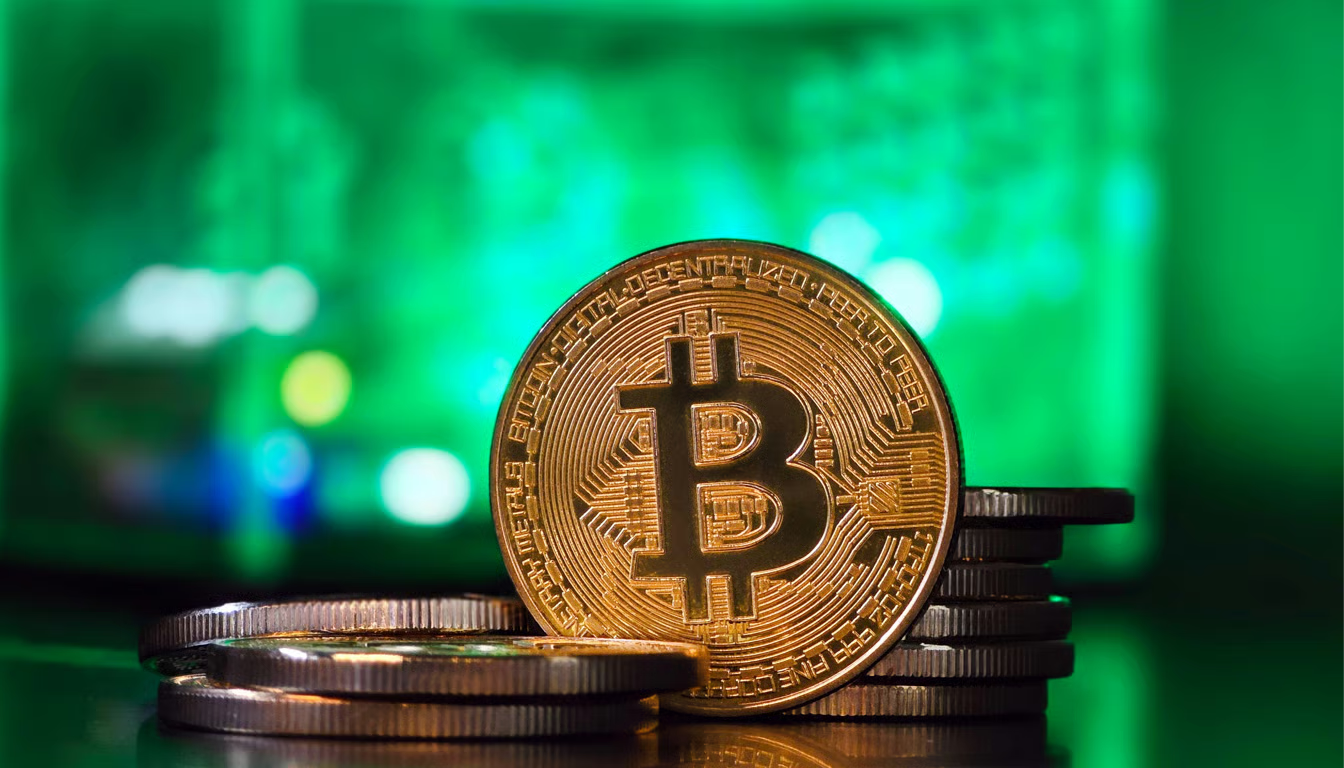Earlier this week, most people left Apple's Worldwide Developers Conference WWDC 2025 impressed.
There were no shiny new VR headsets or amazing "AI moments" like last year's Apple Intelligence announcement. Instead, the centerpiece of Apple's event this year was a product called "Liquid Glass" - a new design aesthetic that adds a glassy, glossy effect to the entire iOS system.
Looking back at the Internet's comments over the past week, a large number of netizens called it "beautiful but not very iterative" and pointed out its similarities to Frutiger Aero and Windows Aero promoted by Microsoft Windows Vista. Some netizens even said that the keynote speech "lacked vision" and Apple "didn't work hard"; it was even called "the ugliest design yet." At the same time, the much-anticipated Apple Intelligence highlights at this event were few and far between, especially the sluggish upgrade of Siri, which made the market question whether it really has the ability to make a complete and differentiated breakthrough in the generative AI track.
After this conference, Apple's stock price continued to fall, and combined with the recent negative news on semiconductors, Apple's stock price seems to be worse.
AI glasses
This WWDC focused on the next generation of operating systems and did not publicly mention glasses, but as early as earlier this year, information from multiple sources including the chip supply chain, insiders, and whistleblowers all pointed in one direction: Apple is currently brewing a new smart glasses device.
It is rumored that this product is developing a set of exclusive chips and is expected to be released as early as 2026. It will be equipped with cameras, microphones, speakers, and AI-driven visual intelligence, but it will not have full AR display capabilities from the beginning. In other words, it is not an Iron Man-style holographic HUD, but more like an AI assistant with environmental perception capabilities, always online, no need to wake up, and everywhere. The initial form of Apple Glass 1.0 may be closer to the AI upgraded version of Meta Ray-Ban glasses.
Its role is to become an intelligent agent that can understand your environment, superimpose useful information in real time, and quietly embed into daily life. Don't forget that HomePod was also expected to be the "smart home hub" back then, and Siri will become a ubiquitous voice assistant. But in the end, the product sales were sluggish, the ecosystem was isolated, and it was far inferior to Amazon Echo and Google Home. Siri has never been able to get rid of its reputation of being useless.
The idea of Apple Glass v1.0 sounds beautiful, but the premise of its success is that AI is smart enough. It must not only understand the context, but also accurately push information without the user noticing and not disturb the user. And this is obviously not possible for Siri at this stage. Even if it is labeled with Apple Intelligence, it does not mean that it can make a leap immediately.
Secondly, the always-on state places extremely high demands on its battery life. The battery life of Apple Vision Pro has been widely criticized, and the two-hour external battery almost limits its practicality in mobile scenarios. If Apple Glass fails to make a breakthrough between lightweight and battery life, it may eventually become just a technological gimmick and difficult to wear daily.
The most important thing is, can Apple build an ambient computing ecosystem that is compatible with this product? Vision Pro has not yet completed this task, and whether Glass can shoulder the heavy responsibility is still a question mark.
With the precedent of HomePod and AirPower, which started high and ended low, smart glasses are, to a certain extent, Apple's gamble on the future at the current stage.
Ecological innovation lagging behind?
From the perspective of ordinary Apple users, the reason why this conference has attracted so much attention is largely due to a series of new features brought by the iOS system, especially the innovation in interface design. In addition to the much-watched liquid glass visual aesthetics, Apple has also launched a number of system-level function updates around practicality and personalization. iOS 18 brings stronger home screen customization capabilities, including free placement of app icons, no longer restricted by grids, and support for icon color change in dark mode.
In addition, the control center has also ushered in a comprehensive reconstruction, allowing users to customize control items and adding multi-page switching functions, making the overall interaction more flexible. At the same time, Apple has introduced richer text effects for iMessage, and the Mail App has added mail classification and summary functions to further improve efficiency.
In terms of privacy, Apple has introduced the function of locking and hiding apps to protect user data from being accessed at will. In WatchOS, the automatic refresh of the smart stack and the new Vitals app for summarizing health data have been added, and the algorithm has been optimized for sports monitoring. iPadOS has enhanced support for Apple Pencil and launched the "Smart Script" function, which can convert handwriting into print and recognize modified content in real time. macOS Sequoia focuses on the introduction of the iPhone mirroring function, which enables full control of the phone and access to its applications on the Mac.
In addition, although the progress of Apple Intelligence has been criticized, some small functions have been implemented. Apple announced that it will be deployed on some devices in succession, including a more natural language writing assistant, system-wide text summarization, email organization, and cross-application intelligent command execution. Apple is trying to build a more unified and "user-friendly" intelligent experience for Apple ecosystem devices through interface renewal and system-level detail enhancement. Although it has not yet achieved a major breakthrough in generative AI, it still sends a strong signal of its transition to ambient computing and personalized experience.
In addition to the visual upgrade, the system has also added practical features such as identifying the reason for unknown calls, the newly launched game entertainment center, and integrated AI-driven watchOS exercise suggestions.
Overall, Apple's current ecological strategic direction is still vague, and many netizens' statements about its lack of surprises, functional fragmentation, and inconsistent AI experience are true and reasonable. Based on its past statements on ecological expectations, the current system-level call summary, device-side large model, and linkage with third-party apps have not been implemented, and Apple's ecological collaboration still has a long way to go.
It is worth noting that the content of Apple's press conference is still in the testing stage, and there is still room for adjustment before the official push in the fall. Apple is also actively adopting user feedback. I think what really makes the market regretful is the part of the artificial intelligence ecosystem. Many investors originally expected Apple to give a more groundbreaking answer in AI, but judging from the content released, the overall performance is conservative, and it is even questioned that it lags behind other technology giants. This also makes some potential buyers doubt the growth prospects of Apple's stock.
Bullish factors
With the conclusion of the China-US trade agreement today, the tension between the world's two largest economies is expected to ease temporarily, which is a reassurance for companies such as Apple that are highly dependent on China's production capacity. After all, about 90% of Apple's iPhones are produced in China. However, although the short-term tariff pressure may be alleviated, Apple is still accelerating its "de-risking" strategy, planning to move most of its production lines to India as early as next year to build a more resilient supply chain system.
More interestingly, Washington, which has always emphasized the return of manufacturing to the United States, now seems to be more open to Indian manufacturing. It is seen as a realistic solution to gradually reduce dependence on China without disrupting the global market.
Despite this, political risks have not been completely eliminated. If Apple fails to move some of its key production capacity back to the United States, it may still face the threat of punitive tariffs of up to 25%. This risk factor is also suppressing investor confidence and is now one of the key obstacles to Apple's continued upward trend in stock prices.
Technical analysis
Apple's current stock price remains at $200.
During the rebound, Apple was suppressed by the 50-day moving average and formed a bearish rising wedge. If the stock price falls below the wedge, there is a high possibility of further correction to the support area of about $193 or even $180 in the short term. At present, Apple has broken through the important support level near $193; in the past week, it has continuously tested the pressure level near $205.
RSI42 is neutral and weak, and has not entered the overbought zone.
MACD continues to weaken (-1.2), with obvious signs of volatility.
At present, Apple's overall technical side is weak, short-term bearish and volatile. Investors are advised to maintain a light position and focus on the price action at both ends of the $193 support and $214 resistance. If the technical reversal is confirmed, then choose to increase the position according to the situation.
Conclusion
On the surface, this summer Apple conference is more like an aesthetic upgrade of UI: smoother animation, clearer interface, and more textured layers. The buttons glow, the toolbar refracts light, and the menu floats lightly, as if the entire system has just completed a deep breathing exercise and returned to the user's vision with a brand new look.
Is this a visual reconstruction for the purpose of being "more beautiful"? Yes, but not only that. Liquid glass may be the first mass-level interface truly designed for a world beyond the screen. It may be the key foundation laid by Apple for its next strategic platform: AI glasses. However, if this is the case, all of Apple's infrastructure will need more powerful graphics processing and battery life performance. This is a system-level transition that affects the entire body, and will it be excessive?
What users can know is that Apple is gradually building perceptual inertia for hundreds of millions of users, preparing for a new era with ambient computing as the core: computing devices will break through the palm of your hand and will become more ubiquitous and wearable smart systems with seamless access.
Although the iPhone was once the most successful consumer product in history, its glory has also become Apple's biggest constraint today. With slowing growth, longer update cycles, rising regulatory pressure, and emerging innovation bottlenecks, Apple knows that it can no longer rely on a single device to survive for the next 20 years.
It must find a new platform. Will liquid glass be a ray of light for future changes?






